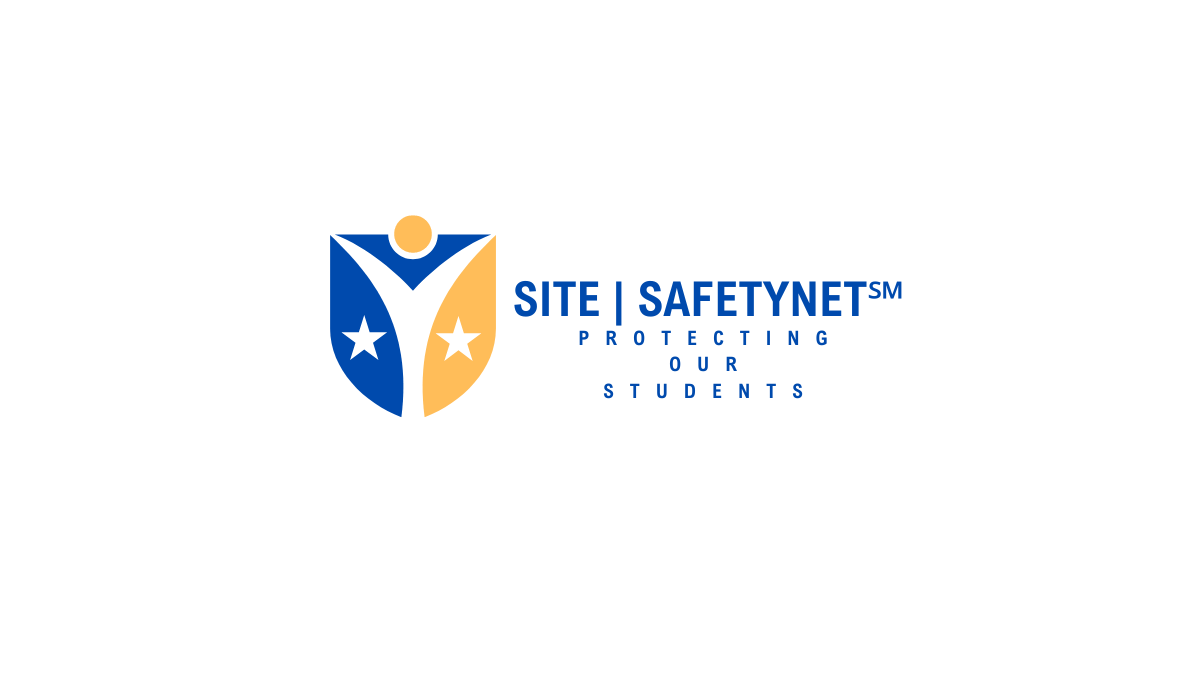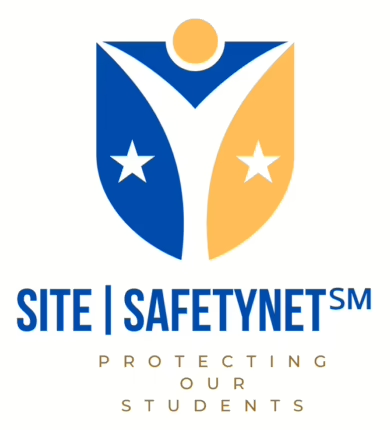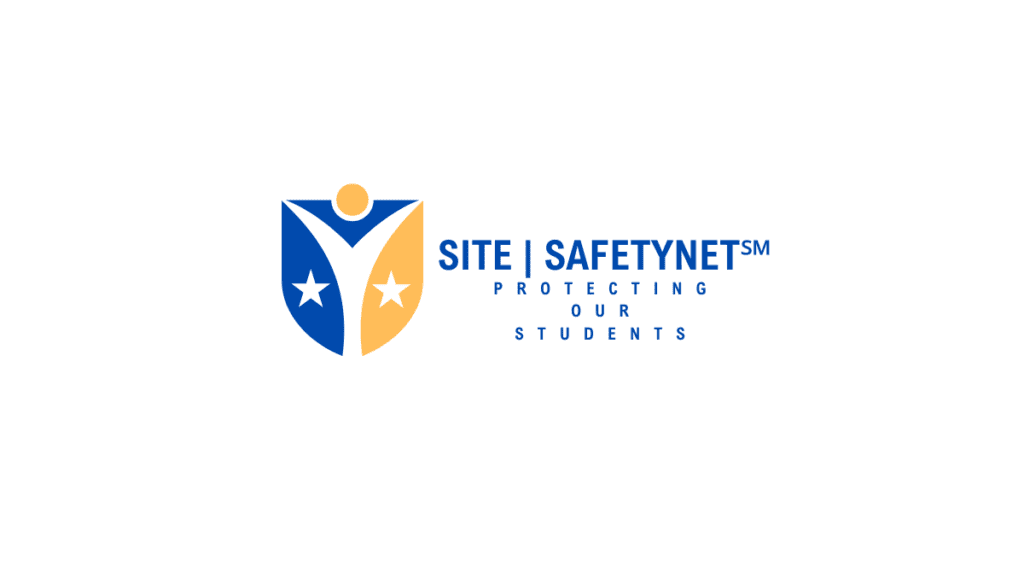 By Robert Jordan, Founder of SITE|SAFETYNET℠
By Robert Jordan, Founder of SITE|SAFETYNET℠
If Every High School Had a Student Safety Committee, the U.S. Would Have Less School Violence
Introduction: The Urgent Need for Student Safety Committees
In recent years, school violence has become an all-too-frequent headline. From bullying to tragic school shootings, the safety of students in educational environments is increasingly under threat. Yet, amidst these challenges lies a powerful and often underutilized resource: the students. By establishing student safety committees, particularly in every high school across the U.S., we can empower students to take an active role in their safety, create a culture of awareness and prevention, and ultimately reduce incidents of violence.
The Impact of Student Involvement on School Safety
Research consistently shows that schools become safer when students are actively involved in safety planning and peer-to-peer advocacy. Students often have the most accurate understanding of social dynamics, conflicts, and potential threats within their school communities. Empowering students to identify and address safety concerns can create a more vigilant, supportive, and proactive school environment.
Key Benefits of Student Safety Committees:
- Enhanced Situational Awareness: Students notice warning signs among their peers earlier than adults.
- Peer-to-Peer Influence: Students are likelier to listen to and trust their peers, making peer-led safety initiatives more effective.
- Cultivation of a Positive School Culture: Student-led safety committees can champion anti-bullying campaigns, promote inclusivity, and reduce social isolation, which are known risk factors for violence.
- Leadership and Empowerment: Participation builds leadership skills and encourages students to take ownership of their community’s well-being.
Real-World Examples and Success Stories
- MOSS Clubs (Make Our Schools Safe)—Established in memory of Alyssa Alhadeff, a victim of the Marjory Stoneman Douglas High School tragedy, MOSS Clubs empower students to advocate for school safety and mental health. MOSS Clubs have created safer and more inclusive school environments nationwide by involving students in safety drills, awareness campaigns, and peer support.
- Sandy Hook Promise’s Say Something Program – This initiative teaches students to recognize warning signs of violence and empowers them to speak up, preventing numerous potential tragedies.
- Students Against Destructive Decisions (SADD) – SADD chapters promote safe behaviors and mental health awareness, reducing risks associated with bullying, substance abuse, and violence.
How to Implement Student Safety Committees in Every High School
A strategic and comprehensive approach is needed to establish student safety committees effectively. Here’s a roadmap for schools to follow:
Step 1: Establish Clear Objectives and Guidelines
- Define the committee’s mission, vision, and goals for school safety, inclusivity, and student well-being.
- Create a clear framework outlining roles, responsibilities, and procedures for reporting safety concerns.
Step 2: Collaborate with Stakeholders
- Work with school administrators, teachers, mental health professionals, and law enforcement to ensure the committee is well-supported and integrated into the school’s safety plan.
- Engage parents and community leaders for broader support and resources.
Step 3: Promote Student Leadership and Peer Advocacy
- Encourage student-led initiatives, awareness campaigns, and peer mentoring programs.
- Organize leadership training workshops to empower student leaders to advocate for safety and inclusivity.
Step 4: Implement Regular Safety Audits and Feedback Loops
- Regular safety audits should be conducted using tools like SITE|SAFETYNET℠’s 94-Point Safety Zone Assessment to evaluate and improve safety measures.
- Gather student feedback through anonymous surveys to continuously monitor and address safety concerns.
Step 5: Foster a Culture of Reporting and Support
- Promote the “See Something, Say Something” initiative, encouraging students to report safety concerns without fear of retaliation.
- Establish a support system with access to counselors and mental health resources to address underlying issues contributing to violence.
The Role of Technology in Enhancing School Safety Committees
With advancements in technology, student safety committees can be even more effective through:
- Real-Time Safety Assessments and Reporting: Tools like SITE|SAFETYNET℠ provide real-time safety assessments and automated reports, empowering schools to act swiftly on safety concerns.
- Digital Communication Platforms: Apps like Remind and GroupMe can help safety committees communicate effectively with members and the wider student body.
- Anonymous Reporting Systems: Utilizing platforms for anonymous reporting can encourage students to report potential threats safely and anonymously.
Challenges and Considerations
While student safety committees offer immense potential, several challenges must be addressed for effective implementation:
- Overcoming Stigma and Fear of Retaliation: Schools must build trust and assure students that their concerns will be taken seriously without backlash.
- Ensuring Inclusivity and Representation: Committees must be inclusive and represent diverse student voices to address a wide range of safety concerns.
- Balancing Safety with Privacy: Schools should ensure that safety initiatives respect students’ privacy rights and promote a supportive, non-punitive environment.
Conclusion: A Call to Action
If every school in the U.S. had an active student safety committee, we would see a substantial decline in school violence. Empowering students to take an active role in shaping their school environments cultivates a culture of safety, empathy, and resilience. It is time to recognize students not only as beneficiaries of safety measures but also as leaders and advocates for change.
Join the Movement: Start a Student Safety Committee Today
SITE|SAFETYNET℠ is committed to empowering schools with the tools and resources to enhance safety. If your school doesn’t have a student safety committee, now is the time to start one. Contact us to learn how SITE|SAFETYNET℠ can help your school create a safer and more inclusive environment for every student.
Why Every School Website Needs a Dedicated Safety Page: SITE|SAFETYNET℠ Leads the Way

